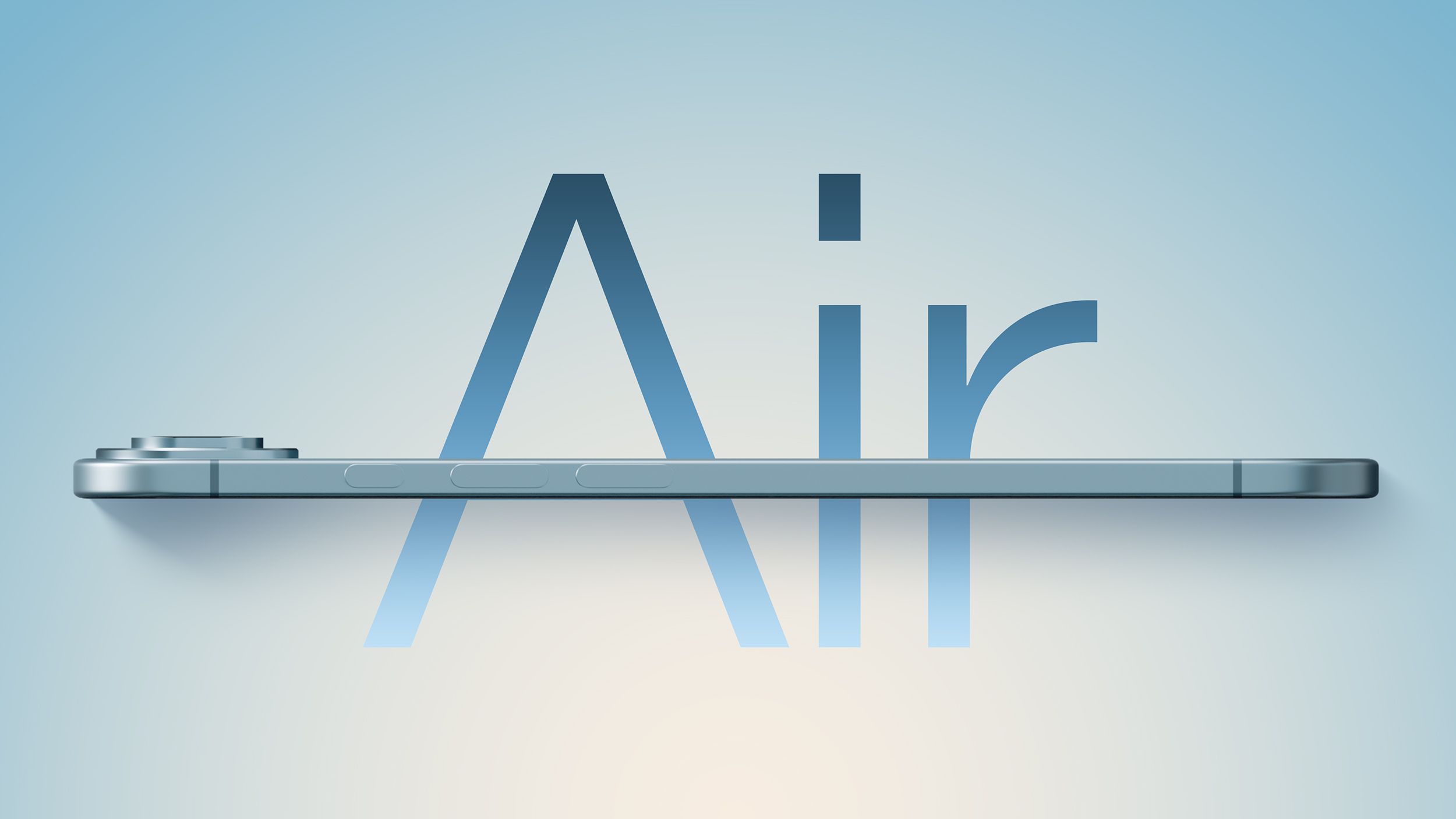
Apple's iPhone 17 Air Bumper Case: A Retro Revival or Calculated Risk?
The Return of a Classic: Examining Apple's Reported Plans
A ripple of excitement, tinged with a healthy dose of skepticism, has run through the tech world. Bloomberg's Mark Gurman, a journalist with a proven track record of accurate Apple reporting, recently suggested that the tech giant is considering a return to a design element from its past: the bumper case. Specifically, the rumor centers around a potential bumper case for the upcoming iPhone 17 Air, a device expected to be a major player in Apple's 2025 smartphone lineup. This isn't just a minor accessory detail; it’s a potential window into Apple's evolving product strategy, its understanding of consumer needs, and its willingness to revisit past successes – or perhaps address past criticisms.
The last time Apple embraced the bumper case design on a large scale was with the iPhone 4 in 2010. This device, with its iconic aluminum and glass unibody, was revolutionary but also notoriously fragile. The accompanying polycarbonate bumper, while adding bulk, provided crucial edge protection, addressing user concerns about accidental drops and scratches. For years after the iPhone 4, Apple opted for sleeker, more integrated case designs, seemingly leaving the bumper case era in the past. Now, the possibility of its resurrection for the iPhone 17 Air has ignited speculation about the motivations behind this surprising move. Is this a simple nostalgia play, a calculated response to user feedback, or a strategic repositioning within the increasingly competitive smartphone accessory market? The answers lie in a deeper examination of Apple's present strategies and the potential future implications of such a decision.
Analyzing the Motivations Behind an iPhone 17 Air Bumper Case
Nostalgia Marketing: A Trip Down Memory Lane?
The iPhone 4 remains a beloved device for many, a nostalgic symbol of a bygone era in smartphone design. A bumper case for the iPhone 17 Air could tap into this sentiment, potentially attracting consumers who appreciate Apple's design heritage. This isn't just about aesthetics; it's about associating the new phone with a feeling of quality and reliability, subtly reminding consumers of the iPhone 4's enduring reputation. However, relying solely on nostalgia might be a risky strategy; the question is whether this is enough to drive significant sales.
Addressing Consumer Feedback: Durability Concerns and Case Options
The potential fragility of the iPhone 17 Air's design, assuming it retains a similar premium build to its predecessors, may have prompted Apple to explore robust protection options. While existing case solutions are available, a dedicated bumper case, perhaps designed with specific materials to enhance shock absorption, could directly address user concerns about the phone's durability. This is a pragmatic approach, prioritizing functionality over solely aesthetic considerations. The absence of a truly comprehensive protection solution from Apple itself could have been a key factor driving this consideration.
Market Competition and Differentiation: A Unique Selling Point?
The smartphone market is fiercely competitive, and accessory sales are a significant revenue stream for manufacturers. Apple's decision to explore a bumper case for the iPhone 17 Air might be a strategic move to differentiate its accessory offerings. In a market flooded with generic cases, a retro-inspired bumper could offer a unique selling point, attracting consumers looking for something stylish and effective yet distinct from the generic mass-market products. By offering a higher-quality, officially sanctioned bumper case, Apple could control the narrative around protection for the new device.
Sustainability and Repairability: A Move Towards Environmental Responsibility?
Apple's increasing focus on environmental sustainability could be a factor in this decision. A well-designed bumper case, created from easily replaceable and recyclable materials, might align with the company's commitment to reducing electronic waste. A modular design, allowing for easy repair or replacement of damaged components, could prove attractive to environmentally conscious consumers and contribute to the perception of Apple as a responsible corporate citizen. This is an area where Apple could showcase its commitment to reducing its environmental footprint.
The Impact of the iPhone 17 Air Bumper Case: Future Implications
The success or failure of the iPhone 17 Air bumper case will have far-reaching implications, shaping not only Apple's accessory strategy but potentially influencing the wider smartphone industry. A successful launch could generate significant additional revenue, strengthening Apple's position in the accessory market. Conversely, failure could lead to lost resources and a reevaluation of its product development strategies. Beyond the financial aspects, the bumper case's reception will also impact Apple's brand perception. A well-received product could reinforce its image as a design leader, while a poorly executed product could damage its reputation for innovation. Furthermore, this product could set trends, inspiring other manufacturers to explore similar case designs, leading to innovation in the smartphone accessory market as a whole.
The release (or non-release) of the iPhone 17 Air bumper case is more than just a simple accessory decision. It's a strategic move that speaks volumes about Apple's understanding of its customer base, its commitment to design and innovation, and its engagement with the ever-evolving landscape of the smartphone market. The coming months will tell us whether this retro revival is a stroke of genius or a misstep, providing valuable insights into Apple's ongoing quest for success in the competitive world of consumer electronics.
